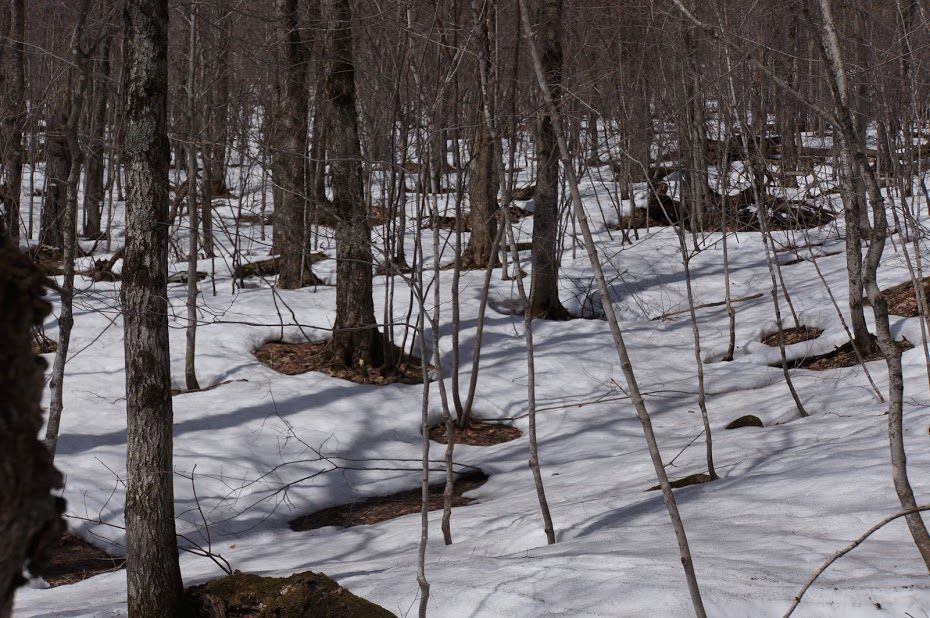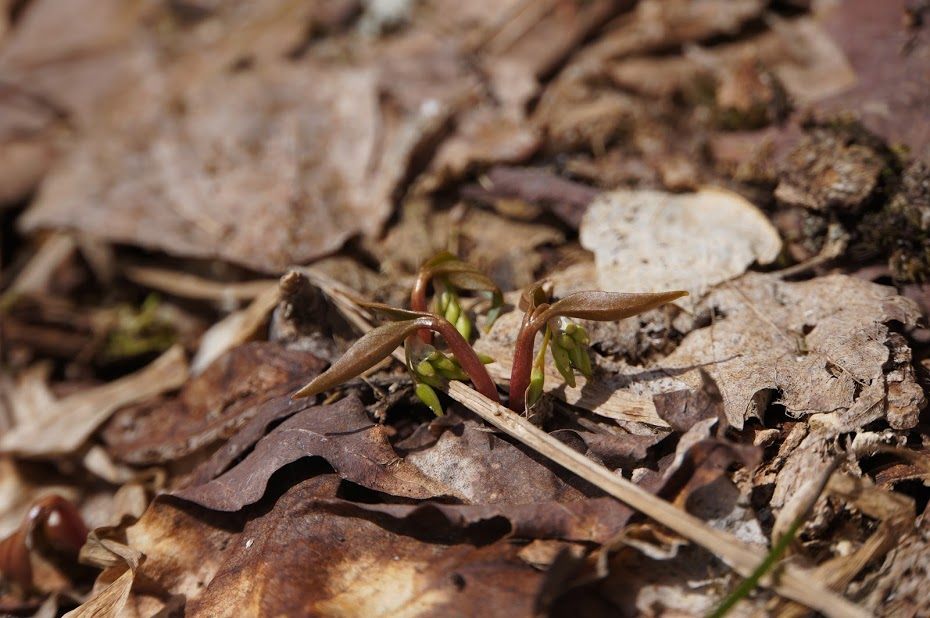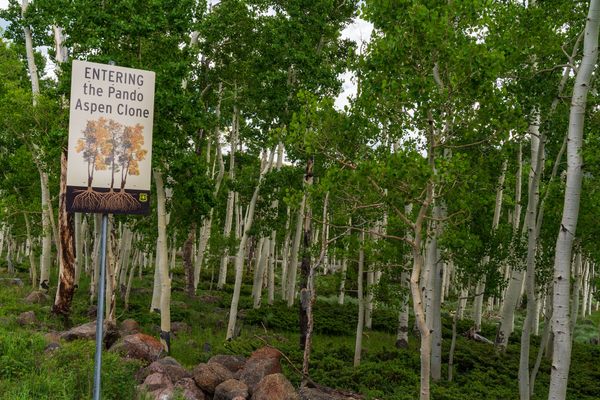The Strange Magic of Forest Thaw Circles
As snow melts, a mysterious pattern appears around tree trunks.

Walking in the woods, as winter gives way to spring, you might notice a strange phenomenon. The snow doesn’t just melt away uniformly. Across patches of ground and around tree trunks, almost perfect circles melt in the snow, polka-dotting the forest.
These “thaw circles” can be found in deciduous forests where snow accumulates. The sides of the circles are surprisingly even, straight, and vertical. They often look like someone used a cookie cutter to remove a stout cylinder of snow.
The secret of thaw circle formation is heat: As the sun warms the forest, the dark trunks of the tree absorb more heat than white, reflective snow. That heat radiates outwards from the trunks, melting away the snow in a ring around the tree. Sometimes the small-scale topography of a patch of land can also create uneven melting, forming circles without trees at their center.

Last year around this time, a team of biologists was in the woods in southern Quebec, Canada, when the thaw circles caught their attention. “We were immediately struck by circles of bare ground extending about one tank’s width out from the edges of most medium-sized to large trees,” they wrote in a report published in the journal Ecology. They noticed, too, that a few tiny plants—spring beauty, trout lily, and red trillium—had started to grow in these open patches of land.

There are a series of reasons, including the availability of water and nutrients, that plants might cluster near tree trunks. But the scientists wondered if, in this case, the early thaw around the trunk might be a factor. Plants on the forest floor have just a short period of time to peek above ground and soak up sunlight before trees fluff out their leaves and shade the vegetation below. For plants adapted to grow before the forest’s upper canopy darkens the ground, these open patches of land, it seemed, could provide a head-start on the growing season, and a reason to cluster around tree trunks.

This season, says Mark Vellend, the lead author of the Ecology report, he and his colleagues are testing that hypothesis, by seeing if early snow melt helps plants grow and so encourages them to cluster around trees. Last summer, they planted bulbs of a spring ephemeral, known as Dutchman’s breeches, in the forest, and this spring they will observe their development while changing the variable of where the snow melt occurs. At their control sites, they will monitor plants growing in thaw circles, close to the tree trunks, and at snow-covered sites further away. At other sites, they will manipulate the conditions—they will fill thaw circles near tree trunks with snow and clear the ground elsewhere to create early thaw sites further from trees.
If the plants grow best in the natural thaw circles and the places where the scientists move snow away, that will support the idea that thaw circles are at least one reason these early spring flowers tend to cluster near trees. After all, doesn’t it seem appealing to live someplace where you get to experience spring and stretch out your limbs just a little bit earlier?


























Follow us on Twitter to get the latest on the world's hidden wonders.
Like us on Facebook to get the latest on the world's hidden wonders.
Follow us on Twitter Like us on Facebook